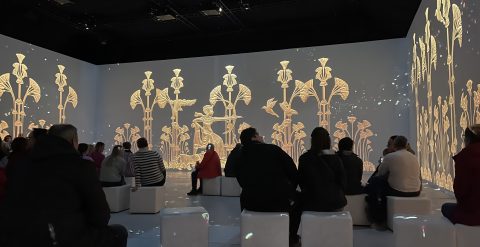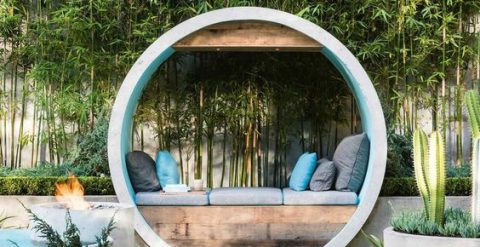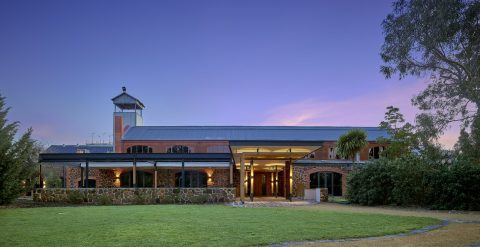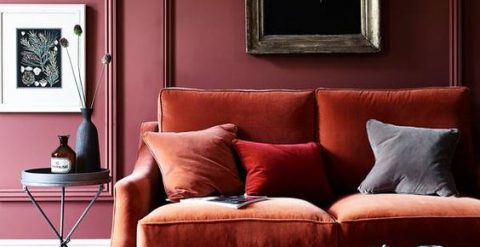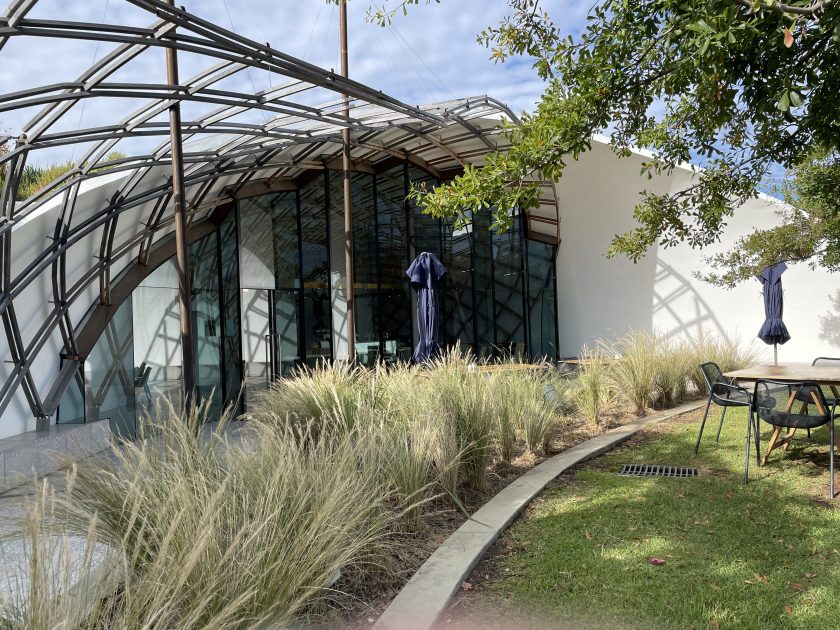
Designing for Curiosity: Why the Best Spaces Don’t Give It All Away
If your visitor knows exactly what to expect when they walk in, you’ve already lost half the battle.
In a world saturated with content, curiosity is one of the most powerful tools you have. It’s what gets people to lean in, look closer—and more importantly—stay longer. In museums, galleries, visitor centres, and cellar doors, designing for curiosity isn’t just good creative thinking. It’s smart strategy.
As Chip and Dan Heath argue in Made to Stick, the ideas that really stay with us—what they call “sticky”—share a common DNA. They’re unexpected, emotional, and story-driven. Sound familiar? That’s exactly what curiosity taps into.
Because when people are curious, they’re engaged. And when they’re engaged, they’re invested.
Predictable Spaces Are Forgettable Spaces
Too many cultural and tourism spaces are designed like instruction manuals: follow the arrows, read the panels, exit through the gift shop. It’s tidy. Efficient. And utterly forgettable.
But according to the Heath brothers, surprise is key to making ideas stick. It’s the jolt that grabs attention—and attention is the first step toward real impact.
Curiosity thrives in uncertainty, ambiguity, and discovery. So we design for the unexpected. A secret door. A hidden detail. An exhibit that answers one question but asks three more. That’s what keeps people exploring, not just observing.
Keep Them Exploring
Curiosity works best when it’s active. When the space invites visitors to touch, peer around the corner, decode, reflect. In Made to Stick, the Heaths talk about the power of the “gap theory of curiosity”—the idea that once someone realises they don’t know something, they become uncomfortable until they do.
Good design knows how to open that gap—and how to keep it open just long enough to keep people moving.
Think layered storytelling instead of linear. Think moments of tension and release. Think environments that don’t just deliver content—they set the scene for discovery.
Strategic Wonder = Deeper Connection
Designing for curiosity isn’t about withholding meaning. It’s about inviting meaning-making. It’s the difference between telling someone a story, and letting them live it.
The Heaths show how emotionally resonant stories make ideas memorable. When someone pieces together their own understanding, or has a moment of “aha,” it lands deeper than anything printed on a signboard.
This emotional stickiness turns into loyalty, advocacy, and ultimately—commercial return. People remember how they felt, not just what they saw.
Design That Doesn’t Give It All Away
At S2 Architects, we ask: What if the space didn’t tell visitors what to think—but gave them a reason to keep thinking? How do we build in moments of tension, discovery, and play?
This isn’t about confusion. It’s about respect. It’s about designing for intelligent, engaged humans who want to explore. And when we do that well, we see results: longer dwell time, deeper engagement, more sharing, and stronger emotional connections.
In other words, more stickiness.
Designing for curiosity is designing for longevity. People return to the places that invite them to look again, feel something new, or go deeper next time. And as Chip and Dan Heath remind us, “The most basic way to get someone’s attention is this: Break a pattern.”
So break the pattern. Hold something back. Invite the question.
Because when curiosity is in the room, you’re no longer just delivering information. You’re creating an experience they’ll never forget.
📌 Let’s talk about designing your next unforgettable space. Curious? So are we.


